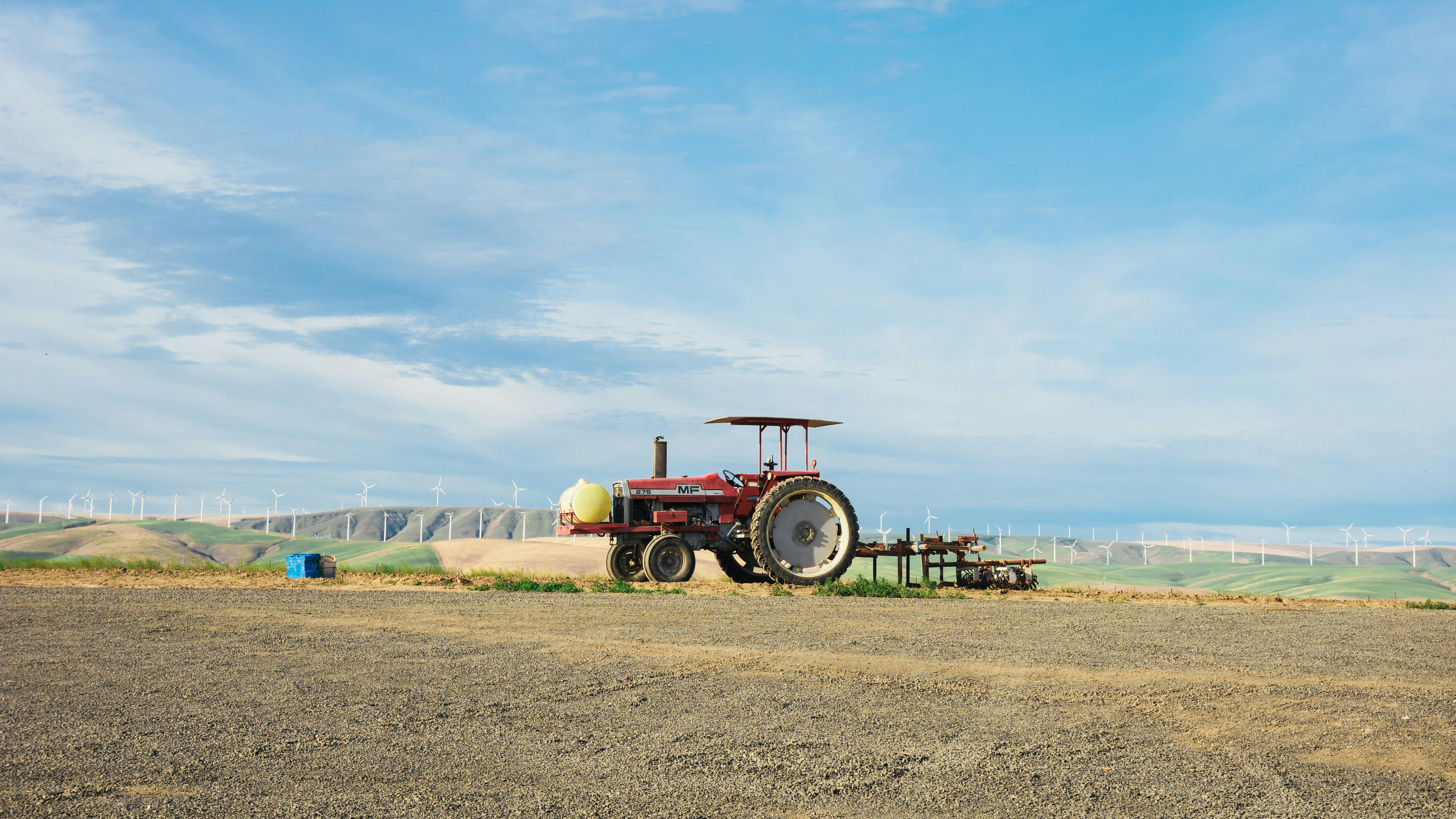Key Takeaways
- A new report by the Council for Agricultural Science and Technology (CAST), initiated by US Farmers & Ranchers in Action (USFRA), explores the potential for US agriculture to offset its carbon footprint.
- The report, “The Potential for US Agriculture to Be Greenhouse Gas Negative,” was authored by 26 researchers and peer-reviewed by the National Academy of Sciences.
- Key opportunities identified include soil carbon management, nitrogen fertilizer management, animal production practices, crop yield optimization, and efficient energy use.
- Achieving greenhouse gas (GHG)-negative agriculture requires tailored solutions for individual farms and broader adoption of conservation practices.
- The report highlights near-term strategies rather than long-term projections.
Findings from the Report
The report, “The Potential for US Agriculture to Be Greenhouse Gas Negative,” outlines how US agriculture could become a net carbon sink by combining reduced GHG emissions with increased carbon sequestration. It draws on scientific literature, life cycle analysis, and computer simulations to support its findings.
According to the report, agriculture contributes approximately 10% of US GHG emissions. However, targeted conservation practices and emerging technologies could offset this footprint, enhancing both farm resiliency and profitability.
Michael Crinion, Chair of USFRA, remarked: “US agriculture is helping to solve some of the world’s biggest challenges, including feeding a growing population and sustaining livelihoods, all while reducing our impact on the planet. This report is further evidence of agriculture’s enormous potential to do even more in the future.”
Key Areas of Opportunity
The report identifies five primary areas with the potential to reduce emissions or sequester carbon:
- Soil Carbon Management: Enhancing soil health to store more carbon.
- Nitrogen Fertilizer Management: Optimizing fertilizer application to minimize emissions.
- Animal Production and Management: Adopting practices that reduce methane and other emissions.
- Crop Yield Gap: Increasing productivity while reducing inputs.
- Efficient Energy Use: Reducing energy consumption across agricultural operations.
Collectively, these strategies could transform US agriculture into a carbon sink, the report suggests.
Individualized Approaches
The report emphasizes the importance of customized strategies for individual farms, acknowledging the diversity of commodities, soil types, and climates across the United States.
Dr. Charles Rice, co-author and professor at Kansas State University, explained: “Achieving this goal will require an assessment of individual farms and production systems to determine the most effective strategies, along with the technical and financial support to implement changes in practices.”
The report avoids prescribing uniform practices, instead focusing on scalable solutions that farmers can adapt to their unique operations.
Scaling Practices Across Sectors
The report stresses the need for integrated adoption of practices across all production sectors to achieve significant impact.
Dr. Jerry Hatfield, a co-author and retired USDA scientist, stated: “Carbon is linked to all aspects of food production, so the path toward greenhouse gas negative agriculture runs through all stages of the production process. These practices need to be adopted together in order to scale up.”
Framework for Near-Term Implementation
Rather than projecting solutions for the distant future, the report provides a framework for near-term adoption of practices and technologies.
Dr. Marty Matlock, a lead author and professor at the University of Arkansas, highlighted: “American farmers are innovators, willing to identify challenges and adopt new practices. This report gives us a framework for moving forward.”
Building on Existing Research
This report builds on the 2019 National Academies of Sciences, Engineering, and Medicine report titled “Science Breakthroughs to Advance Food and Agricultural Research by 2030.” It emphasizes the interconnected nature of agricultural systems and the opportunities for immediate action to reduce emissions and improve sustainability.
Read the entire report here.


